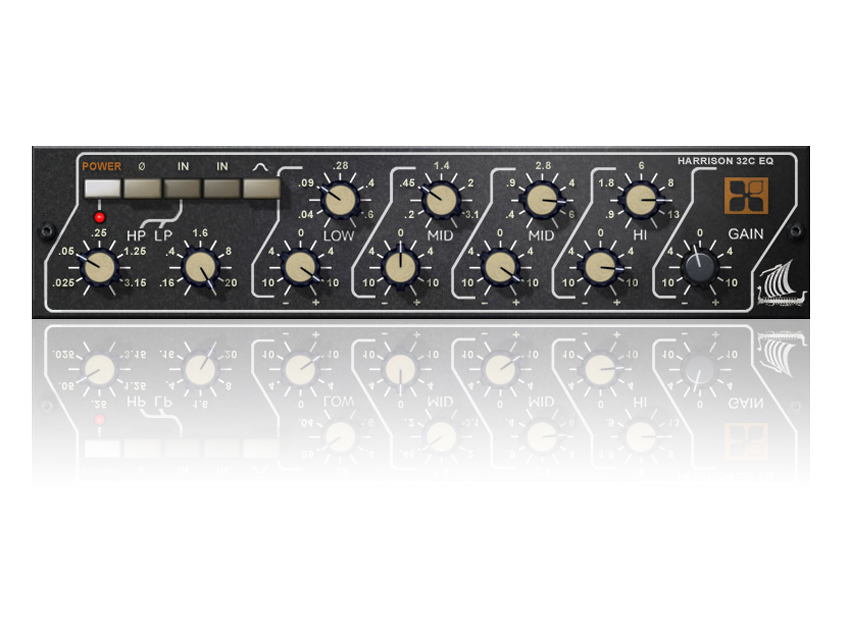MusicRadar Verdict
A retro EQ with a highly individual personality. Perfect for retro warmth and vinyl crunch.
Pros
- +
Retro sound. Hugely colourful EQ. Stamps its personality on anything you fling its way!
Cons
- -
You won't use it on everything. UAD only, obviously.
MusicRadar's got your back
Unless you're a music technology nerd, there's a chance you won't have heard of Harrison mixers. Fear not though, as there's no doubt you've have heard what they can do.
Michael Jackson's Thriller album was made on the Harrison 4032 desk and, as it remains the best selling album in the history of ever, there's a more than reasonable chance that its wonders will have stroked your inner ear.
Needless to say, countless other hit records have been made with the same console, including titles from Abba and Sade, so it's perhaps no wonder that UAD sought the famous Harrison name as a potential collaborator for its popular UAD processing platform.
In detail
Some EQs are so gentle and unassuming that you've got to dial in some serious settings even to appreciate the difference between your source and processed sounds, but the Harrison doesn't come close to falling into this category.
Opening the EQ over any material produces an immediate result, even before you've cut or boosted volume at any frequency. The moment you do get busy with the dials, the result becomes yet more surprising.
The two adjectives we'd use to describe the Harrison sound are 'crunchy' and 'warm' - exactly like the sound of vinyl, in fact. The main EQ section is divided into four bands, with +/- 10dB of gain available at each.
Each band is self-explanatory in that, as there is no bandwidth control, you only have the option to adjust the frequency you want to target within each and then make a level adjustment.
Want all the hottest music and gear news, reviews, deals, features and more, direct to your inbox? Sign up here.
The bands overlap and, apparently, bandwidth for each is automatically adjusted by the EQ itself, though quite how this is possible neither we or the UAD manual can explain.
The low EQ band can be switched between shelf and peak modes and, additionally, you'll find a switch to activate the high- and low-pass filters. The high-pass stretches up to just over 3kHz, while the low-pass can drop to 1.6kHz.
The final controls deviate from the hardware original - an output gain, a phase invert switch and a power button.
Summary
We all make different music and favour a different sound but, even if old-school disco is your sound of preference, we'd be surprised if you made the Harrison 32C your EQ of choice on every track of your production work.
That's not to malign the plug-in at all, though - quite the opposite. We're hugely impressed, and its signature sound is unique and will definitely offer something different.
Do be aware, though, that its tendency is to render the material you run through it crunchy, warm and retro.
Applied to a couple of signature sounds within a track, it can provide really pleasing cut and thrust and, alongside other EQs, sounds terrific. If an old-school EQ is your cup of tea, we'd highly recommend slurping on this one.
Listen to what the 32C EQ can do:
Future Music is the number one magazine for today's producers. Packed with technique and technology we'll help you make great new music. All-access artist interviews, in-depth gear reviews, essential production tutorials and much more. Every marvellous monthly edition features reliable reviews of the latest and greatest hardware and software technology and techniques, unparalleled advice, in-depth interviews, sensational free samples and so much more to improve the experience and outcome of your music-making.

